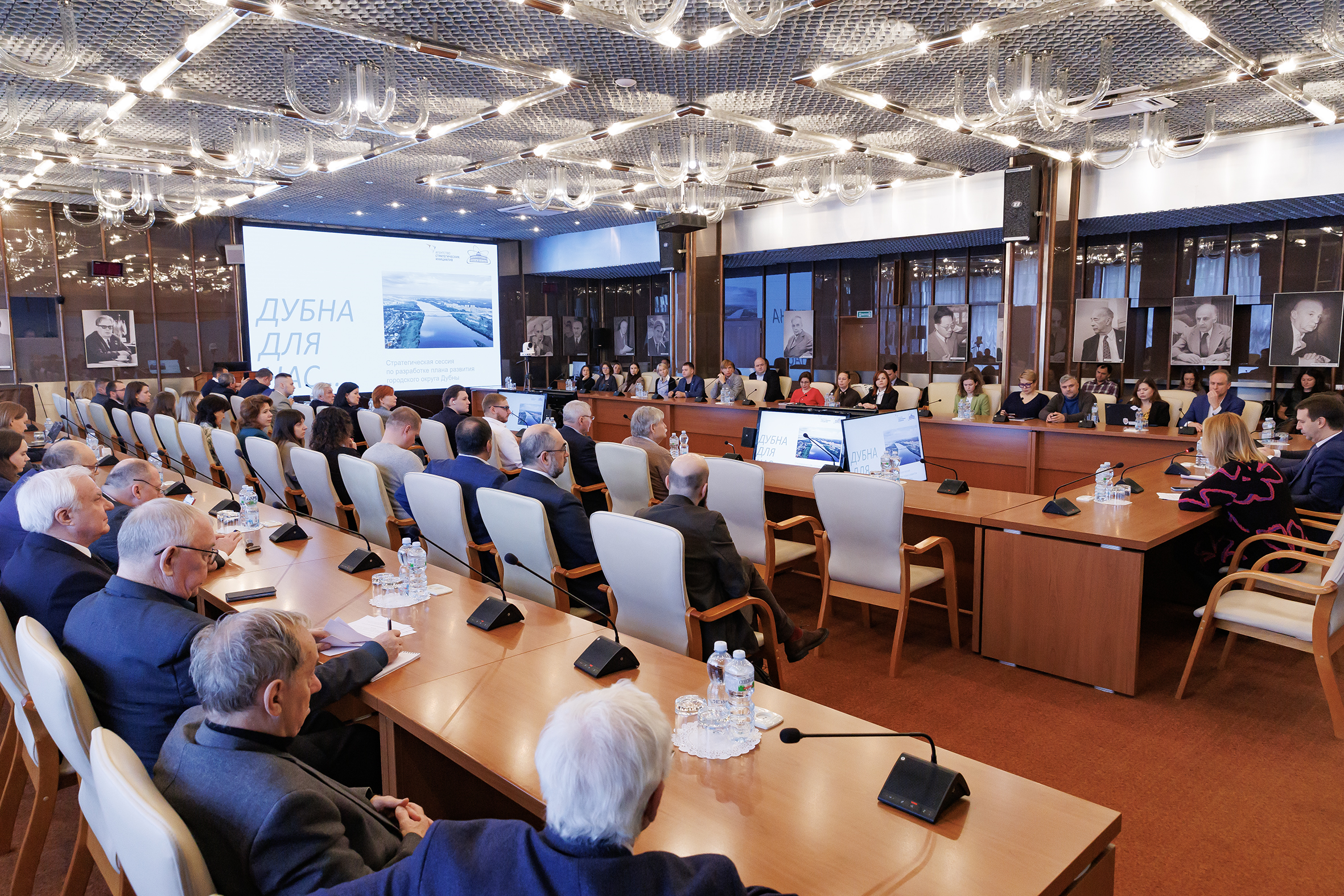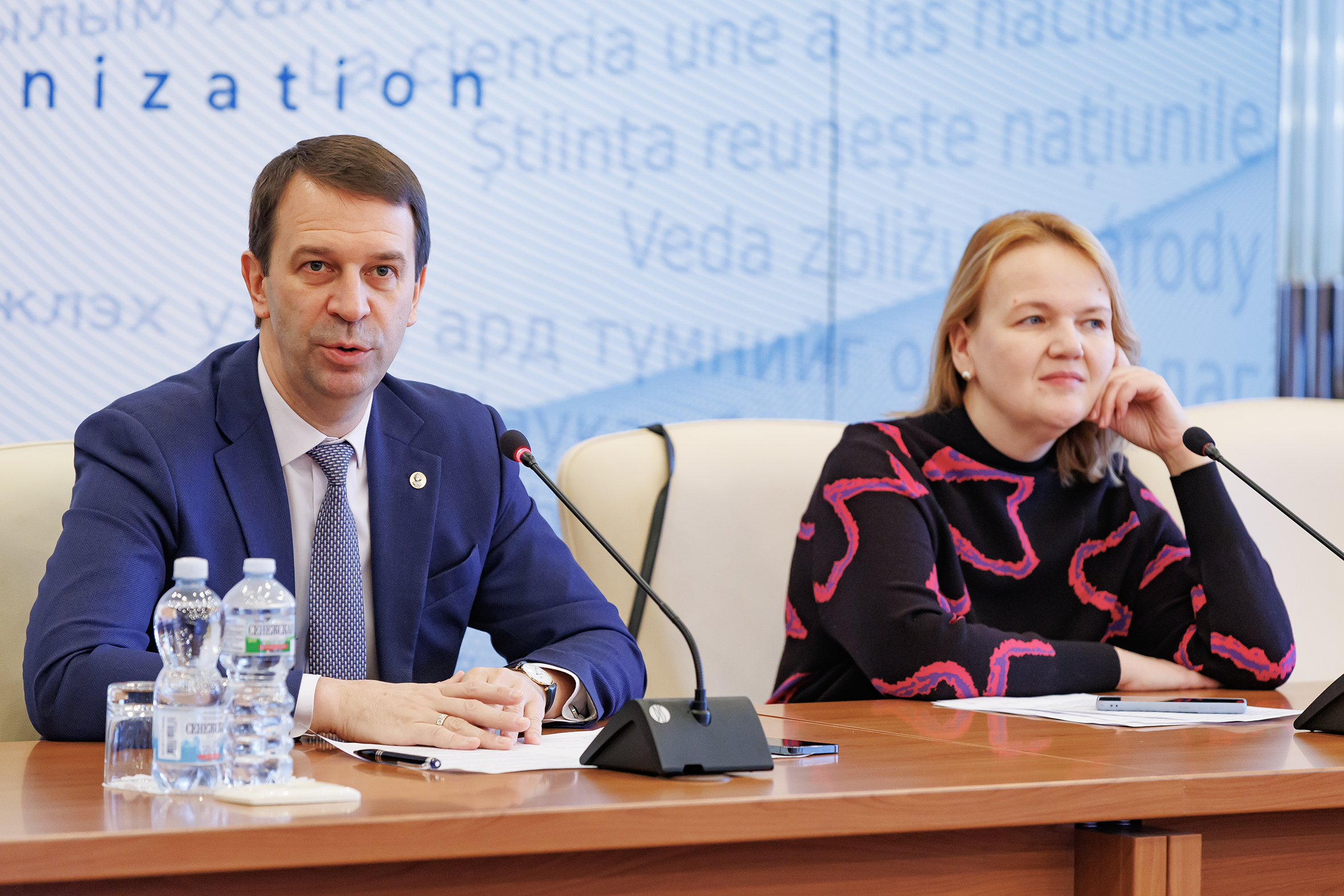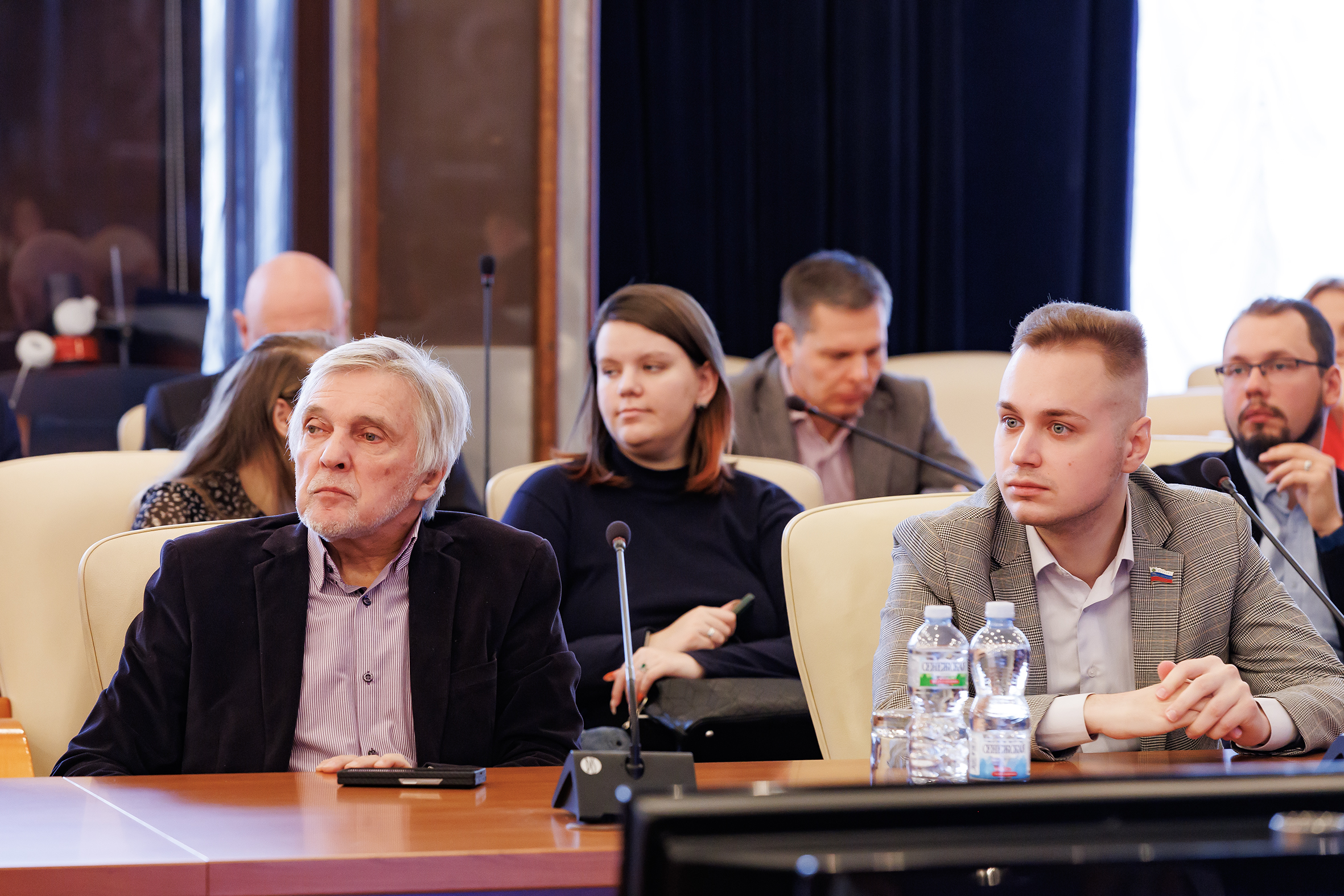ASI meeting dedicated to Dubna development took place at JINR
News, 12 November 2024
From 7 to 8 November 2024, a strategy meeting of the Agency for Strategic Initiatives (ASI) took place in Dubna. Following the results, two papers will be prepared: a roadmap for the spatial development of Dubna and a master plan for the socio-economic development of the city. These plans will shape the growth of the science city over the next ten years and beyond.
On 7 November, representatives of the ASI Urban Economics Division inspected the city and promising sites for its development. The programme of the first day of the meeting included a visit to the NICA Accelerator Complex and tours to enterprises of the Dubna Special Economic Zone and the Dubna University laboratories. The delegation examined the urban area, including cultural and sports facilities, urban amenities, museums, and sites under development or planned for improvement.
On 8 November, at the JINR International Conference Centre, the ASI delegation and invited experts (architects, urbanists, economists, and urban planners) held discussions and delivered presentations on possible projects in the presence of municipal authorities’ employees.
This is not the first visit to Dubna by representatives of the Agency for Strategic Initiatives. The aim of ASI’s activities is to support and promote socially important projects and initiatives in the social area, entrepreneurship, technology, personnel, ecology, and climate, along with ensuring regional development and sharing the most successful practices with other countries. Such projects as the renovated Mendeleev Embankment have already been implemented in the city thanks to the ASI support. This August, the Agency’s delegation, headed by CEO Svetlana Chupsheva, visited JINR. At the meeting in the Joint Institute’s Directorate, participants discussed the issues of creating a comfortable modern urban environment in Dubna and other Russian science cities. In addition, a year before, JINR Director Grigory Trubnikov put forward an idea to develop urban amenities in science cities and areas with high scientific and technological potential, which was supported by the President of Russia Vladimir Putin. The specialised federal executive authorities and ASI supported the initiative, along with the Moscow Region government, in the case of Dubna.
On 8 November, Grigory Trubnikov opened the strategy session, speaking on behalf of not only the Institute, but also all city-forming enterprises of Dubna. He noted that the initiative for the development of knowledge-intensive territories is actively advancing throughout the country. “Several hundred cities would like to be at the forefront of the programme. We are considered a serious player: as a city, we act as part of the initiative on behalf of a large ensemble of Russian science cities. Today, in Dubna, we offer solutions that can become a standard, systematic, and rational approach for the country. Dubna can serve as a great pilot project in terms of the formation of a comfortable urban environment of science cities in the entire Russia,” Grigory Trubnikov stressed. JINR Director noted that the city is facing a difficult stage of its development, but it has accumulated great resources: the city’s economy is growing, largely thanks to the Dubna SEZ residents. There are enterprises under construction, for the operation of which large investments are attracted. “JINR has huge development prospects, especially after the visit of the President of Russia this June. Next year we will put into operation the giant NICA Project, which has been under construction for about ten years and which will attract about a thousand researchers to Dubna,” Grigory Trubnikov emphasised. Another significant part of the city’s development is the advancement of medicine, thanks to the participation of the Federal Medical-Biological Agency of Russia and the governor of the Moscow Region. Dubna University, with the support of the Government of the Russian Federation, was reformed and became a state university, resulting in a wave of talented people coming to Dubna as students and postgraduates. All this entails significant population growth and provokes serious changes. The approach to the construction of corporate and private housing, the style of residential development, landscaping, logistics, healthcare, education, personnel, and social issues should be reviewed.
“Dubna is a city of ambitious, strong, and talented people. Now comes the stage when we need to rally around the long-term development strategy of our city up to 2030-35. It is necessary to create a comfortable environment where adults and children would be able to self-actualise, where there would be maximum labour productivity. If we lay the right foundations now, we will develop at an enviable pace over the next 20-30 years. We count on the help of ASI and others and are ready to act as a leading project, uniting enterprises and providing our resources, people, and intelligence in order to create an example of a modern science city of the 21st century,” Grigory Trubnikov concluded.
Dubna Mayor Maxim Tikhomirov said that the administration is facing various challenges. One of them is preserving the status of a science city, and it is important that representatives of the executive and legislative authorities of Dubna and other science cities of the Moscow Region, along with heads of city–forming enterprises, take part in the strategic meeting. “We have and will continue to choose only a long-term development path. We improve our strategy and constantly move forward,” Maxim Tikhomirov said.
Deputy Director of the ASI Urban Economics Division for the Promotion of New Projects Maria Komkova noted that in Dubna, there is a palpable sense of connection to great history and science. “The people who come here to live continue the traditions of the pioneers who once started building the city from scratch. This city definitely has a future. A megascience project is being prepared to launch, which means that the country is very interested in this place. This shows that we have everything to make the future come true. And the most important thing is that in this future those who create history and work on science are as comfortable as possible,” Maria Komkova summed up. One way to achieve this is to participate in federal programmes for which areas with high scientific and technological potential should be regarded as a priority.
At the session, experts divided into five work groups. Among the topics for thorough discussions were the formation of a comfortable, safe, and attractive urban environment, including the social area; personnel policy, including housing construction and transport accessibility; mechanisms for attracting investment in the city development; territory branding (how citizens see Dubna and how others perceive it at the regional, national, and international levels); and the development of tourism services. At the end of the strategy meeting, the heads of the working groups showed final presentations with ideas of the urban environment transformation . As a result, two documents will be formed on which the future of the Dubna science city in the coming decade and beyond will depend: a strategy for the spatial development of the city and a master plan for its socio-economic development.













